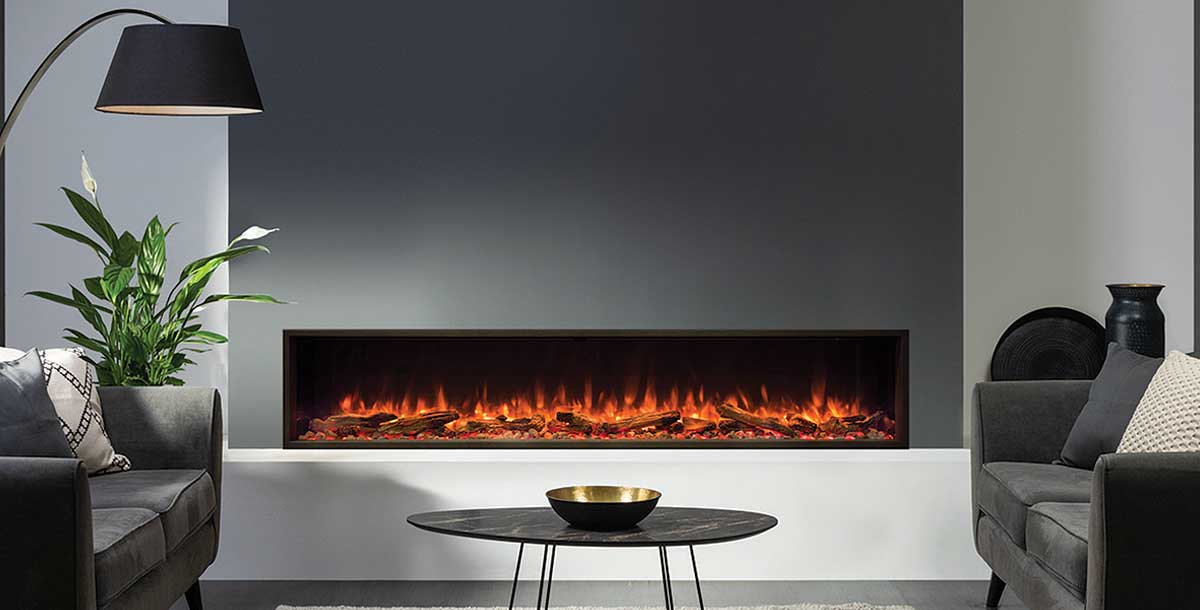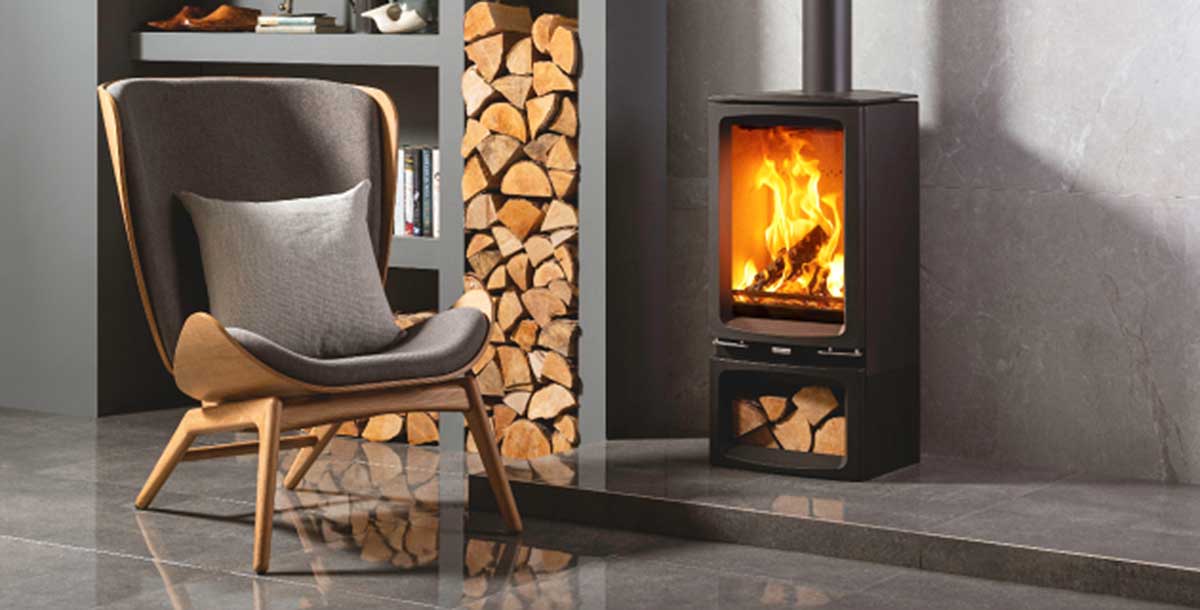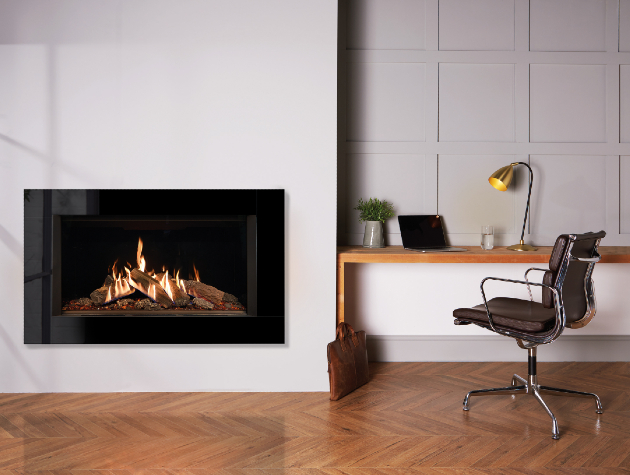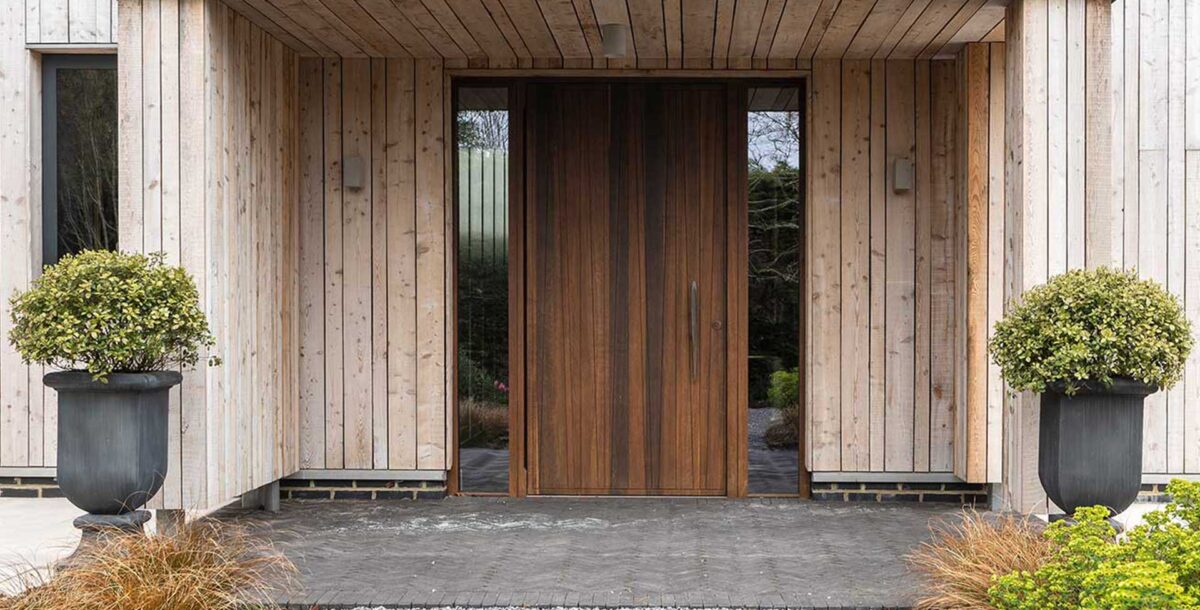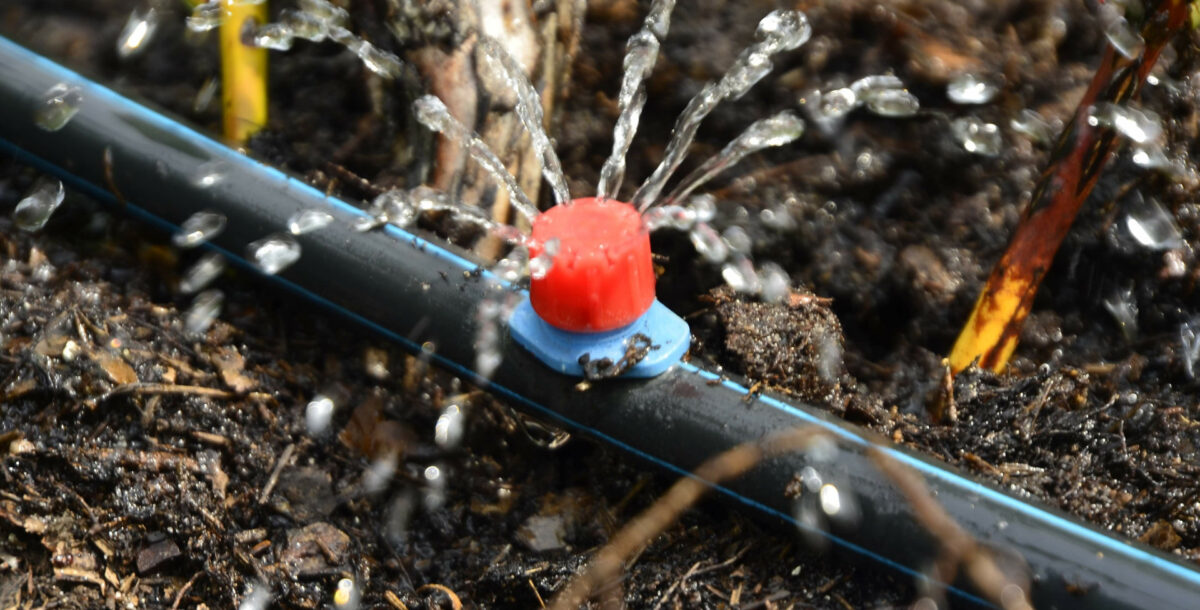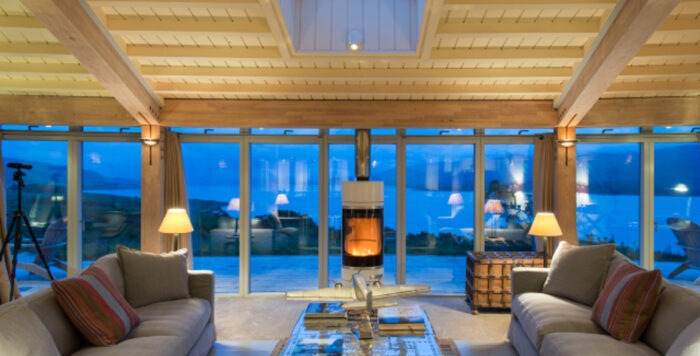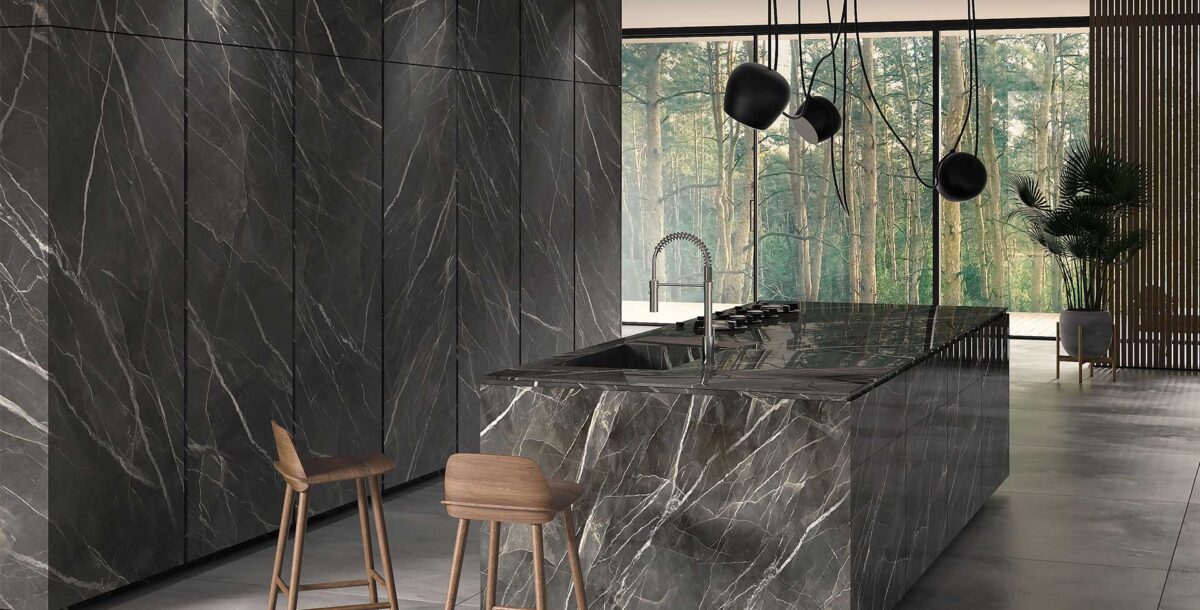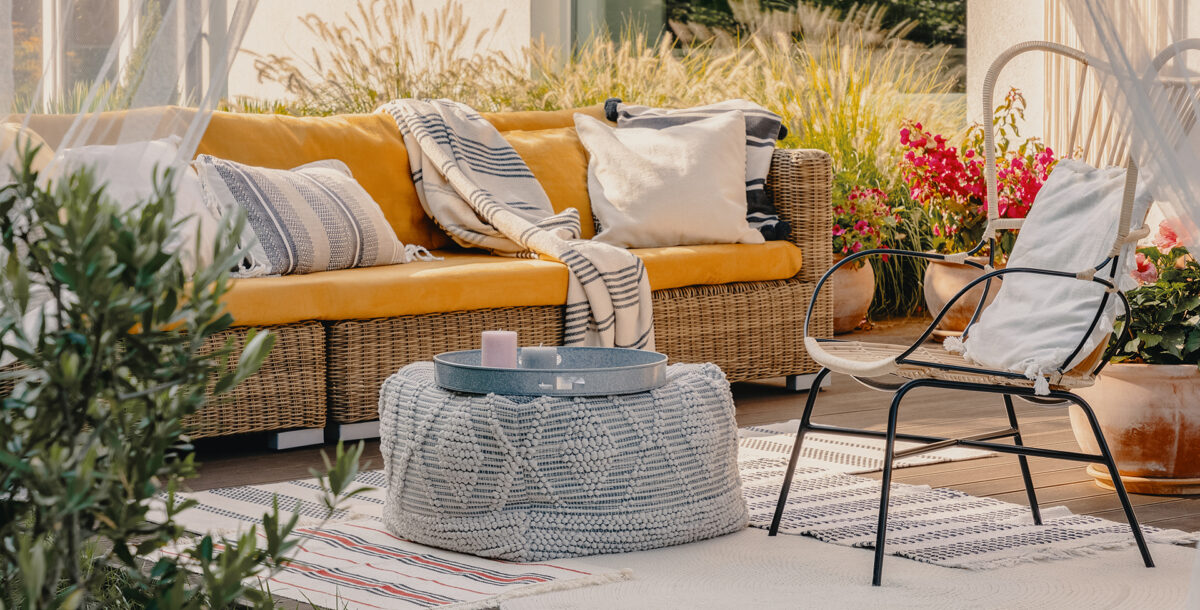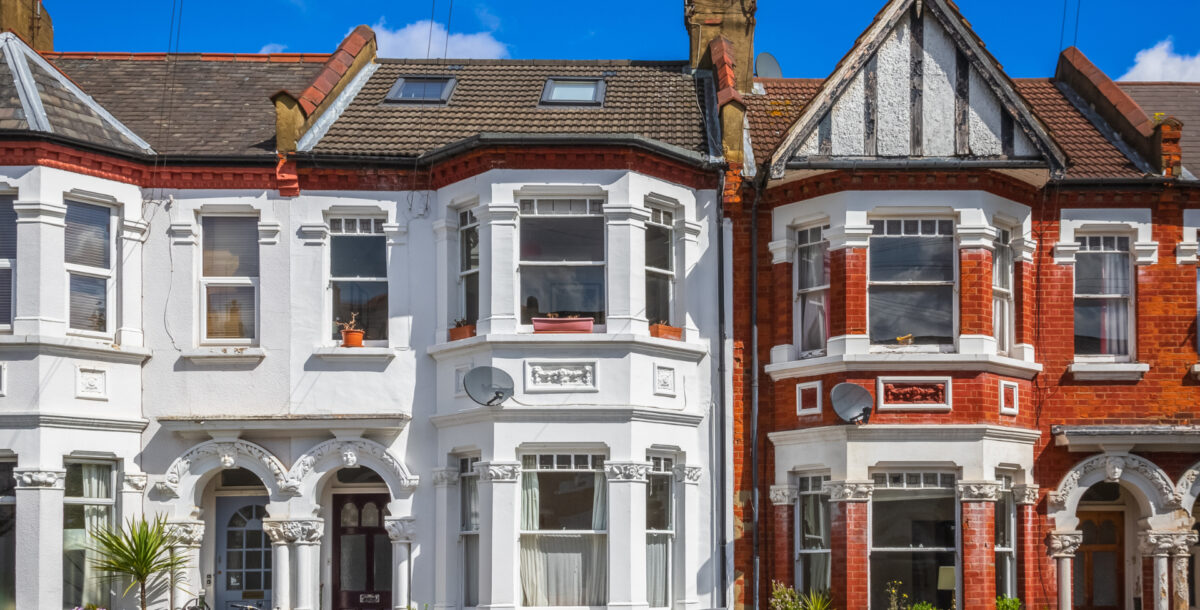Installing a fireplace: what you need to know
These practical tips and solutions will help you better understand the process and the best systems
A fireplace can be the real centrepiece of any room, adding warmth, snugness and style. Read this practical, expert advice for installing a fireplace into your renovation or self-build project.
Chimneys and fuel types
One of the main things you should consider when choosing your stove or fire is whether or not it requires a flue. Solid fuel and gas heating products produce combustion gases when they burn, which will need to be removed from the appliance safely to the outside of your property via a chimney or flue system. Electric fires and stoves have no need for any type of flue and offer unparalleled installation versatility.
Solid fuel and gas products can be installed into homes with or without an existing masonry chimney. Installation into an existing chimney is relatively straightforward but depending on the current state of the chimney, and the size of the stove or fire you’ve chosen, some preparation work may be required.
To ensure the chimney is working correctly, it will need to be checked for any blockages as well as draw and airtightness, prior to installation. Your local independent retailer will be able to take care of these checks. They’ll also be able to ascertain whether the chimney opening needs to be enlarged to accommodate a larger stove and fire.
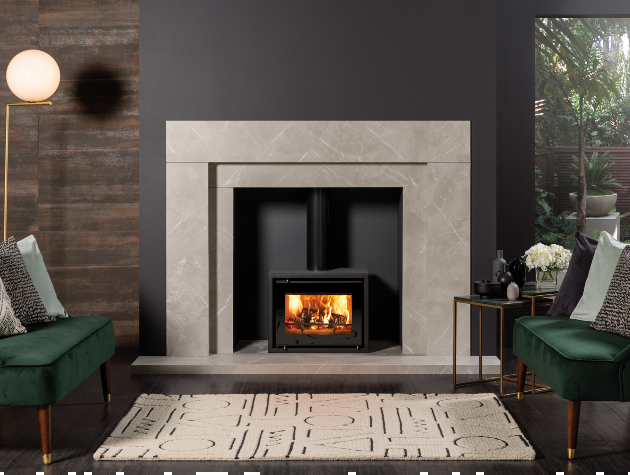
Photo: Stovax Gazco
Flue solutions
Where a solid fuel or gas stove or fire is being installed into a room without an existing chimney, a flue system will need to be fitted. For wood burning and multi-fuel products, prefabricated flue systems such as Stovax’s Professional XQ range offer a convenient solution. This weatherproof flue system connects directly to the appliance and can either run through the inside of the property to emerge through the roof or be mounted to the building’s exterior to reduce installation costs.
These types of prefabricated systems can often be coated in a variety of RAL colours to meet local authority requirements or suit a particular property style. You’ll be able to blend it into your existing aesthetics or choose a contrasting colour to make a real statement.

